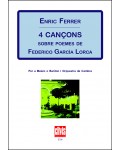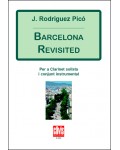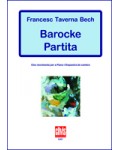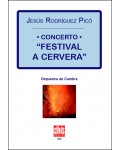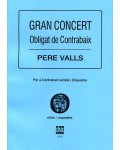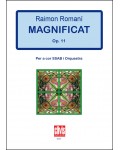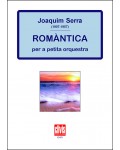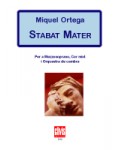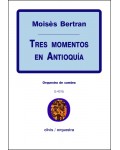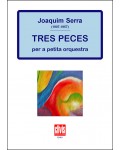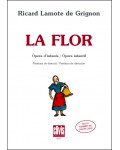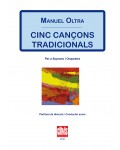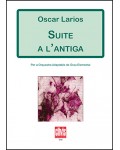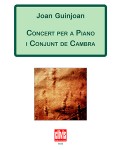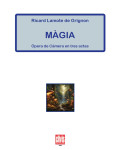
No products
Prices are tax included
Product successfully added to your shopping cart
There are 0 items in your cart. There is 1 item in your cart.
- English
- Castellano
- Català
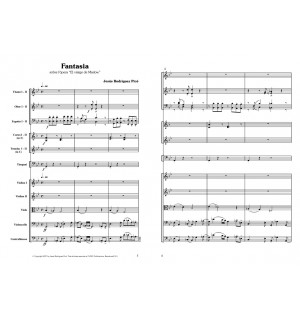 View larger
View larger
Fantasia sobre l'òpera "El viatge de Marlow"
DE563
Fantasía covers some of the themes from the opera El viatge de Marlow, primarily the theme of a journey that appears right from the beginning of the piece and is its main theme. This motif leads to others that refer to the landscape of darkness, to the forest or to the grotesque characters that survive in these inhospitable surroundings.
| Period | 20th c. |
| Instruments | 2202-2200-timp.-str. |
| Pages | 128 |
| Time | 18 min |
| Contents | score |
| ISMN | 979-0-3502-0635-1 |
| Remarks | The orchestra materials are available in rent regime. Contact with the publisher: info@clivis.cat |
| Price of print edition | 36,50€ |
| Edition | Digital |
In 1994 Jesús Rodríguez Picó composed his first opera, El paradís de les muntanyes (The mountain paradise), which is set in the surreal fantasy world of the French playwright Alfred Jarry. He later decided to write another opera, based on a very different text with a more dramatic feel to it, which had a more realistic modern-day setting in which he could reflect some of the destructive characteristics of Western society. In doing so, he chose the novel Heart of darkness by Polish-born writer Joseph Conrad, who showed him a world that was at once fantastical and real in this type of situation.
When the Fundació Caixa de Catalunya commissioned Rodríguez Picó to write a piece for the Torroella de Montgrí International Festival in 2007, it was time to take up that project once again and start to compose the opera El viatge de Marlow. Fantasía covers some of the themes from the opera, primarily the theme of a journey that appears right from the beginning of the piece and is its main theme. This motif leads to others that refer to the landscape of darkness, to the forest or to the grotesque characters that survive in these inhospitable surroundings.




